When Was Ikea Founded? The History of IKEA
-

- Last updated:
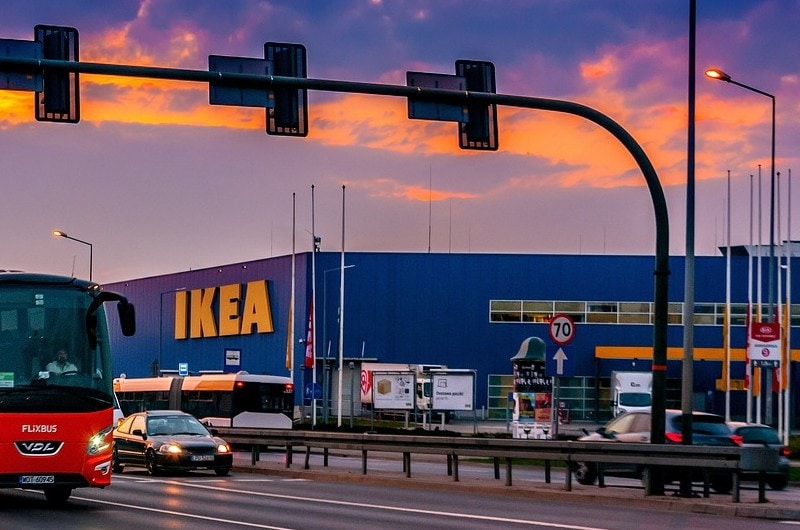
IKEA needs no introduction. It’s the largest manufacturer and seller of furnishings on the planet. It has a truly international reach and appeals to potential customers with affordability, usability, and flexibility. Founded back in 1943, the company has since grown into a huge conglomerate with over 400 stores in more than 50 markets. But how did IKEA manage to turn into a well-known furniture company?
Where did it all begin, and who was the mastermind behind this ground-breaking Swedish brand? When did they put together and sell their very first product? What about the first branded IKEA retail store? Join us, and let’s take a deep dive into the history of IKEA. We’ll start from the very beginning and go from there!
1943: The Very First Steps
It all began in 1943 in Småland, the largest province in Sweden. Ingvar Kamprad, the man who single-handedly created the company, was 17 then. He started selling matches, pens, pencils, wallets, and pretty much anything that he could buy cheaply in bulk and resell for a higher price. Kamprad founded IKEA as a mail-order sales business in his uncle’s kitchen.
He did that while attending the Hvitfeldtska Gymnasiet, a school in Gothenburg. The young entrepreneur found the balance between studying and establishing his brand. In fact, he did so well in school that his father gave him some money to expand his business.
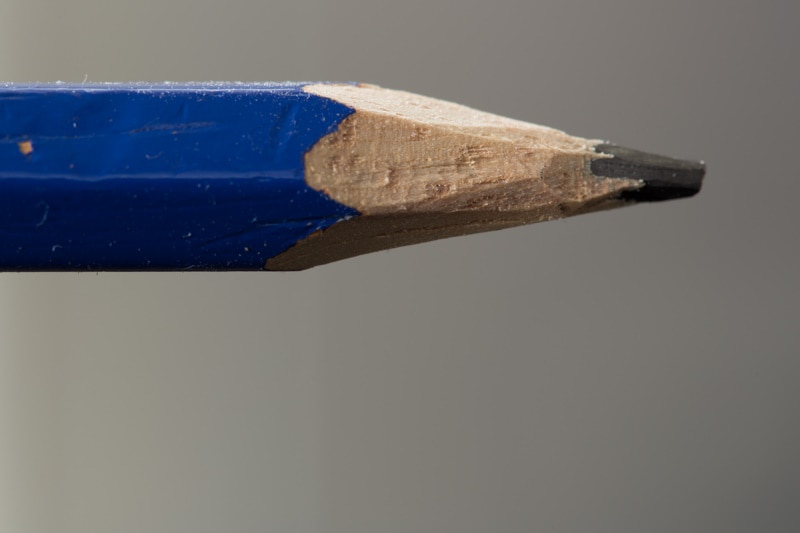
1948: Selling the First IKEA Furniture
Five years after founding the company, Ingvar used his father’s cash reward to turn it into a profitable enterprise. So, in mid-1948, he was already selling furniture. Just like today, IKEA’s biggest advantage over the competition was the price. Småland, Kamprad’s hometown, was rich in stony soil and wood. So, he put these natural resources to good use. Two years later, the company introduced its now-iconic catalog.
1953: Introducing the Flat-pack Design
What’s the biggest challenge in transporting beds, cabinets, closets, and other furniture? High costs and the risk of damage, of course. That’s why in 1953, IKEA decided to embrace the “flat-pack” design. Now, it wasn’t the first company on the planet to manufacture furniture of this kind. But it did take the concept to a new level.
Flat-pack furniture is very easy to move around. It’s at a much lower risk of being scratched, chipped, or broken. And, since it takes less space, the transportation costs are lower, too. The self-assembly revolution allowed IKEA to offer its products to a wider range of customers not only in Sweden but around the world.
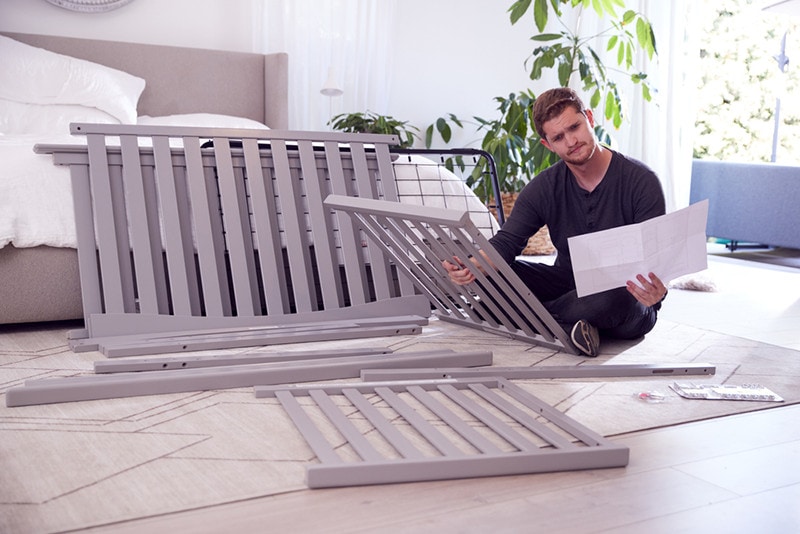
1958: Founding the First IKEA Store
Ten years after selling furniture under his brand, Ingvar Kamprad opened the very first IKEA store in Småland. For a company that still had a relatively modest presence in the Swedish market, this was a big deal. The physical store gave the founder an opportunity to expand operations in the country and multiply revenue and profits.
By then, fellow furniture manufacturers and retailers were intimidated by IKEA’s low prices. As a result, they pressured suppliers and other retailers to stop working with IKEA. There were even attempts at preventing Kamprad from visiting and showing his products at a local fair.
1960–69: Denmark, Norway, and Restaurants
To expand its reach beyond Sweden, IKEA opened a store in Norway in 1963, only five years after the one in Småland. The brand’s first location in Denmark was established in 1969. The expansion beyond Scandinavia started in the 1970s. By 1981, the company had stores in Switzerland, Germany, Japan, Canada, the Netherlands, and France, to name a few.
In 1960, IKEA opened its first restaurant; the flagship store just outside of Stockholm had its big opening in 1965.
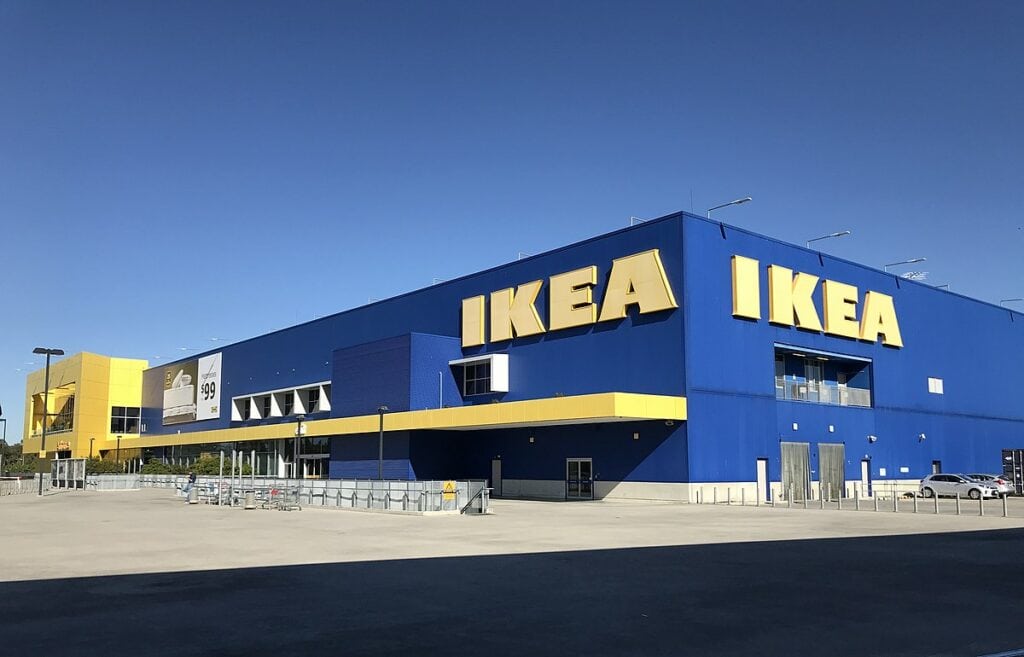
The 1980s: The Total Independence Concept
In business, the ownership structure defines how the company is operated. In the early 1980s, Kamprad was trying to find a new management model that would grant IKEA total independence and propel it to new heights. Eventually, he decided to create business branches that would operate under a franchise system yet be independent, financially stable, and competitive.
This is how it works: a potential new franchise gets a legal right to run an IKEA store from Inter IKEA Systems B.V. After that, it gets access to the company’s trademark products. In return, the franchise has to pay the head company 3% of the net sales. Today, every single IKEA store except for the one in the Netherlands is owned and operated as a franchise.
1982: The IKEA Foundation
IKEA is a Swedish brand. However, the HQ is in the Netherlands, a small town called Delft. In 1982, Mr. Kamprad created the Stichting INGKA Foundation. It’s a charitable organization aimed at helping children in third-party countries. This foundation owns another Dutch enterprise, INGKA Holding, in Leiden, Netherlands.
As a holding company, it currently controls most of the IKEA outlets (372 out of 423, to be exact). The decision to move the world headquarters out of Sweden was mostly dictated by the country’s high taxes, among other things. Right now, there are 12,000 products available on the official IKEA website, and the catalog keeps growing.

1985: Arriving in the United States
This might come as a surprise, but IKEA has a much stronger presence in the EU, despite its big success in the States. The brand’s first store in the US was opened in 1985. Right now, Germany is the biggest market for the Swedish giant, with 53 stores. The US is the second-largest market, with 51 stores in total. Still, back in 2019, IKEA had 250 stores in the EU and less than 100 elsewhere.
1995: The Democratic Design
The Democratic Design was the next step in the company’s evolution after the flat-pack concept. It was a highly successful attempt at lowering the price of IKEA products without compromising on quality. With DD, the brand did a great job of finding a balance not only between production cost and quality but also function, form, and sustainability.
First launched in 1995 in Milan, Democratic Design is still the driving force behind every single decision made by IKEA. This is true both for the development and evaluation stages. If a certain product fails to meet all five criteria, it’s either sent back into the development stage or canceled entirely.

2010: Latin America and Beyond
After establishing a strong presence in North America and Europe, IKEA arrived at the Latin American markets in 2010, starting with the Dominican Republic. Later on, IKEA entered Puerto Rico, Mexico, and Chile. Around that same time, the company started founding stores in Asian and Middle Eastern countries, including Thailand, Egypt, Jordan, Indonesia, and Bahrain, among other locations.
So, Why IKEA?
The world-famous furniture brand is named after Ingvar Kamprad (the founder), Elmtaryd, a farm in Sweden where he grew up, and a local village called Agunnaryd. As for the symbol, it’s only been changed six times over the 80-year lifespan. The most recent redesign happened in 2018. The previous logo had been used since 1983. And the new one is almost identical to it, with only minor changes to the design.
IKEA Revenue in 2022: A Quick Look
In 2022, the Swedish mogul made €44.6 billion in revenue, a 6.5% boost compared to 2021. One thing that makes this company stand out is its steady financial growth. In 2001, IKEA made €10.4 billion, and the numbers have been going up since then. The only exception was in 2020. During the pandemic, the revenue amounted to €36.6 billion, which was still an impressive result.
The ongoing Ukrainian conflict also took its toll. IKEA management decided to stop operations in Russia, and the company is slowly removing its assets from the local market. By October 2022, IKEA had to let 10,000 Russian employees go. The war, along with the world crisis and high inflation impacted the second half of 2022. But it was still the most profitable year for IKEA since 2000.
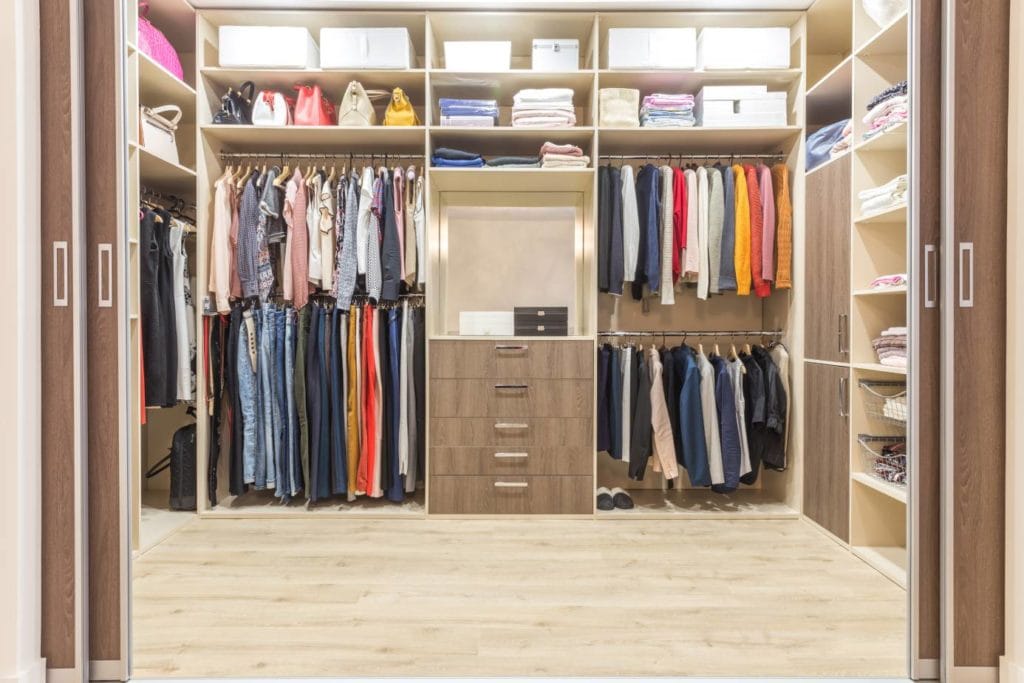
How Many People Work At IKEA?
As of 2022, there are 231,000 IKEA co-workers across the globe. For comparison, in 2021, the brand only had 225,000 employees; 217,000 in 2020. That’s a 6% increase in just two years. And if we compare the current number of staff members to that of 2013, we’ll see that the company has hired 80,000 new workers in 10 years. In 2022, IKEA opened 38 new locations, including the first-ever store in the South American region.
By expanding its reach, the brand is hoping to increase its revenue in 2023 by offering its trademark products and services to new markets. Overall, in 2022, the “offline” stores had 822 million visitors, accounting for 75% of IKEA’s sales. Online sales generated 22% of the total sales. Services for customers only made up 3% of the revenue.
 Conclusion
Conclusion
While IKEA is often criticized for the average-at-best build quality and craftsmanship, there’s no denying the fact that right now, this company is as popular as ever. By offering homeowners exactly what they’re looking for—cheap, highly accessible, and quick-to-assemble furniture—IKEA managed to leave the competition behind, setting new revenue records every year over the last two decades.
Today, we talked about where it all started and how Ingvar Kamprad, the visionary behind the brand, turned it from a startup in Småland to an international mogul. IKEA stays true to itself and finds creative ways to impress and attract new customers. That’s how the Swedish trailblazer conquers new markets, introduces innovative products, and stays on top of its game!
Featured Image Credit: autokaremcom, Pixabay
Contents

